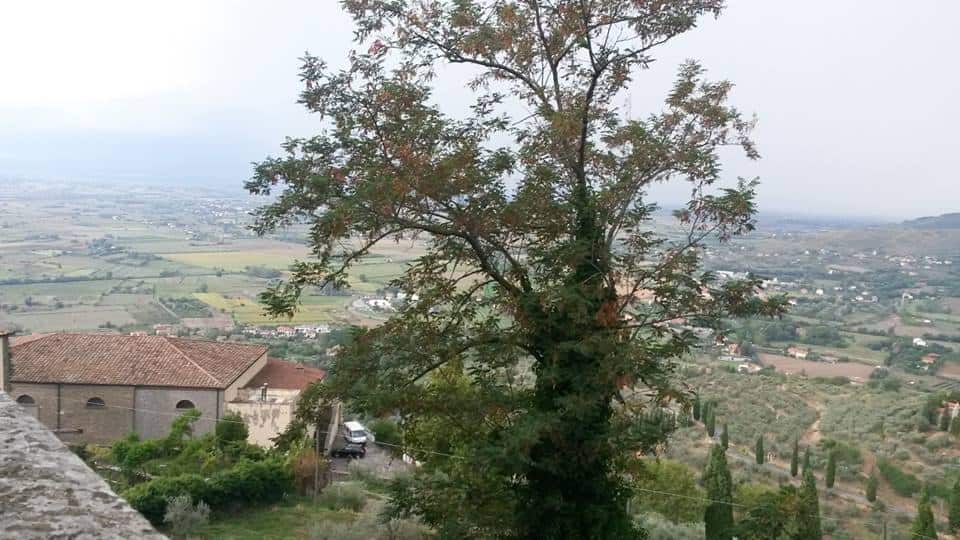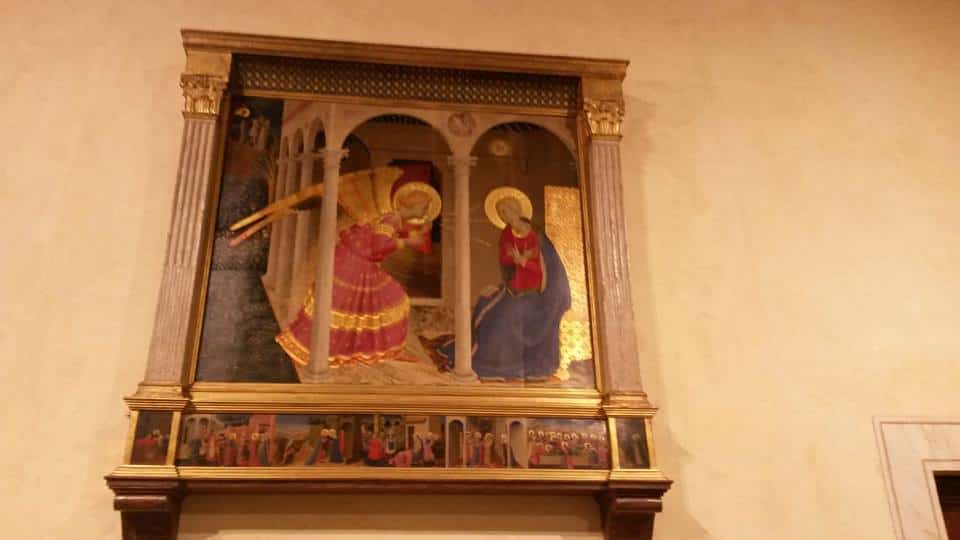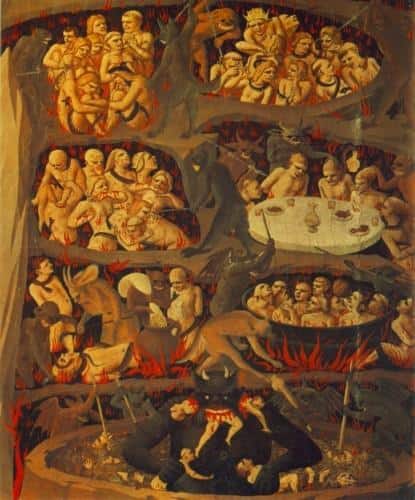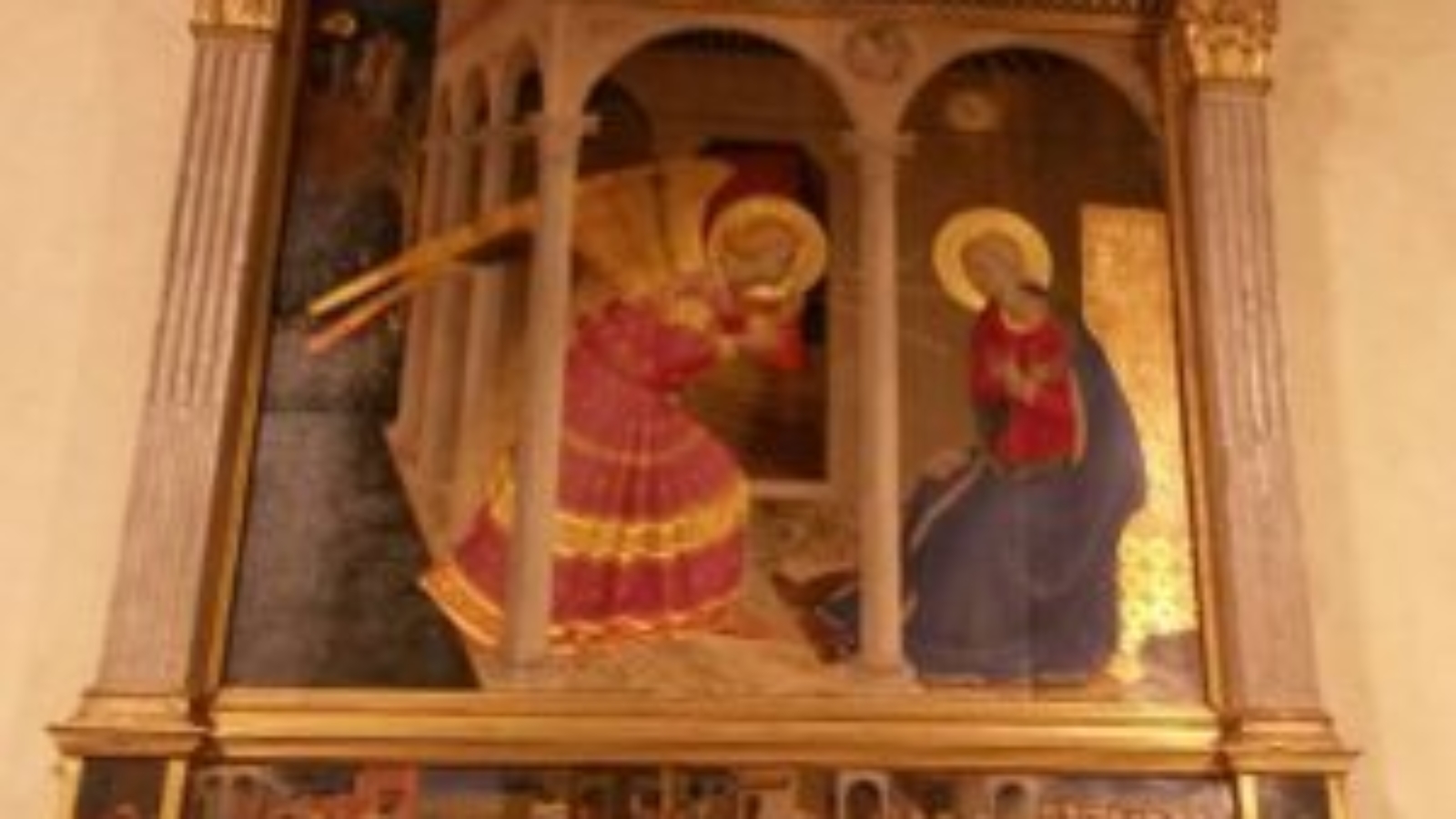It is a town located between the regions of Umbria and Tuscany, perched high on a mountain, stalking the fertile valley of olives and vineyards intermixed by tall cypress trees, typical of the region, forming a green landscape of many hues.
Still in Brazil, I have talked to my nephew Carlo who said had fallen in love with the landscapes shown in the film, and not only him, his son Joao, a twelve years old boy, had also watched the movie twice and also the wonderful images of Tuscany. O promised him to send all photos made in the route and I really did, to his delight.

I did not know anything about this city, except that it was the scene of the famous movie.
In Florence, from where we left, me and my friends by train, the first destination was Camucia, city where it gets to go to Cortona, up there in the mountains, that because there is no cars or train in the city, which is closed wih the typical walls of medieval cities.
Total discouragement as it was raining heavily.
What to do, “We are in the rain, we must get wet”.
We have finally arrived in Cortona and, between a peek and another, we began to dazzle with beautiful streets, medieval houses, amazing stairs along the way, flowers falling on the windows, promenades here and there, showing us the most beautiful Tuscan landscapes.
It is like diving into a distant past.
And was walking at this time that the first surprise happened, I came across an Etruscan Museum, indicating that they were there, hence the Etruscan style of the walls I had seen in the beggining of the way.
Cortona was built by that people I admire very much, you notice they developed a remarkable civilization, both from the political point of view and the artistic, and especially in the recognition of the role of women in society. Avant-garde allowed their active social participation including them in economic activities.
Great with business, the Etruscans held economic power over other people at the time, with the accumulation of wealth, aroused the greed of neighbors, forcing them to surround their cities with high walls. They left strong marks in several cities of Tucany which were dominated by them.
It was in the Etruscan Museum in Rome, a few years ago, that I met closer by the pieces exposed, some of the wonderful civilization they were.
But, continuing on my pilgrimage in Cortona, admiring the small town, I neither imagined to face the second surprise that enraptured me.

I saw in front of the little Jesus church, high above the city where you face a great view of Tuscany, the little Diocesan Museum, I decided to go inside, sure that there was only marginal artworks. It was when I faced with a lot of joy, nothing more than the “Annunciaion” (in Italian, Annunciazione) from Fra Angelico – the work of Blessed was one of the most sought in the museums I have visited. There is another “Annunciation” from friar, in the Prado Museum, but this triptych (usually a set of three paintings together united by a triple frame giving the aspect of being only one artwork), tempera on wood, is special, the Prado’s was painted before (1430/32) and from Diocesano (1433/34), in this one, the Blessed highlights more the news of the angel for Mary, and in the left corner diminish the importance of the expulsion of Adam and Eve from paradise), and, below, reports key scenes in the life of the Virgin, both are beautiful.
I get dazzled with the delicacy of the paths in the brush strokes of Fra Angelico, his painting is a harbinger of renaissance with the main concern with the technique, already demonstrating the notion of perspective, giving a certain three-dimensionality to the work, while so far prevailed linearity .In the work we observe a true alliance with the divine.

Another important work of Angelico is “Final Judgment”, where there is a certain modernity in revealing the inner state of the characters. I feel and think that seeing the Annunciation was one of the greatest gifts life has given me.


Add a Comment